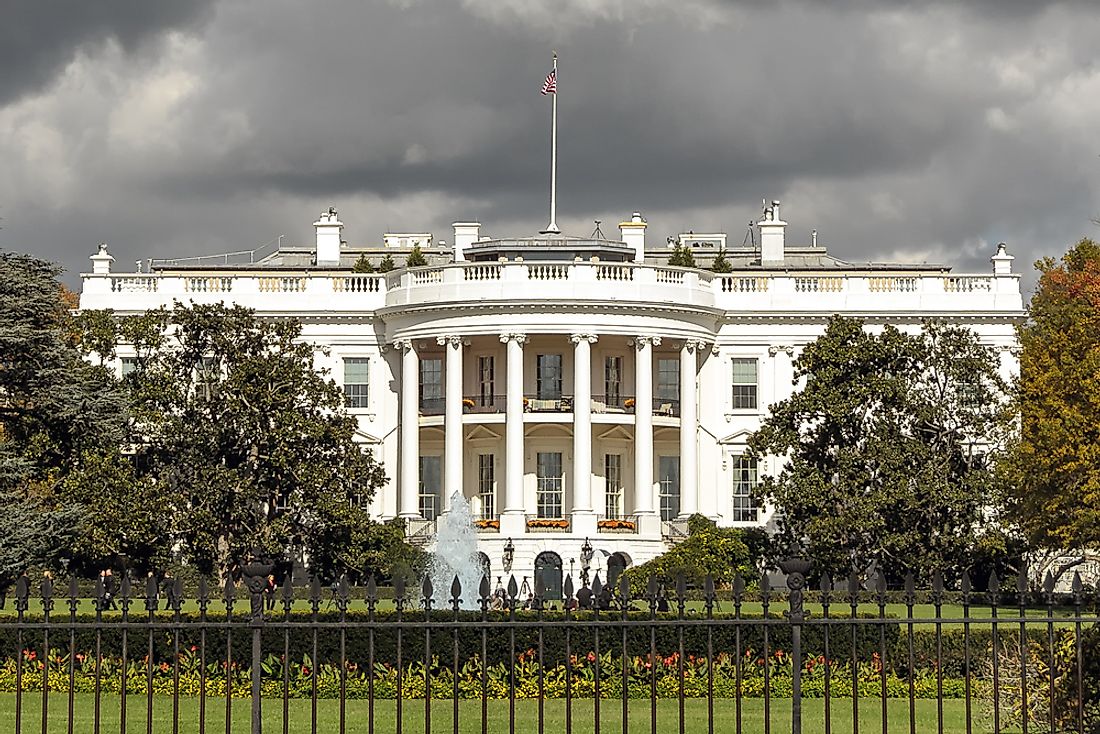Fact Check: Did Canada Burn Down the White House?

Canada has garnered a reputation for burning down the White House in the War of 1812. But how true is this statement? The War of 1812 was fought between the Kingdom of Great Britain and the United States from 1812 to 1815. It was not Canadian, but British troops, that invaded the capital city and set fire to several buildings, including the White House.
The British Colony of Canada
At the time of the War of 1812, Canada was a British colony. The Kingdom of France had ceded much of eastern North America to the Kingdom of Great Britain after the Seven Years’ War (1756-1763). During the American Revolutionary War, which began two years later in 1765 and lasted until 1783, the newly formed Continental Army invaded Quebec, then under British control. With the signing of the Treaty of Paris in 1783, the borders between the newly formed United States of America and the British colony of Canada were officially demarcated, with several concessions of British land made to the US.
The War of 1812
Several factors led to the declaration of war by the US against Britain on June 18, 1812, part of which resulted from the Napoleonic War between Britain and France. During the war, the Americans attempted to invade and seize British colonial lands several times. The British invaded American lands in turn. During one such invasion, British forces burned down several governmental and military buildings in Washington, DC, the American capital.
Burning of the White House
After defeating the American forces in the Battle of Bladensburg on August 24, 1814, British forces led by Major General Robert Ross invaded the American capital district of Washington, DC. In so doing, Britain became the first and only country to have ever captured the United States capital in the country’s history. Military and government officials, including US President James Madison, were forced to flee the city.
In retaliation for the American destruction of Port Dover in Upper Canada, the British forces set several governmental and military buildings alight, including the United States Capitol Building, and the Presidential Mansion, now known as the White House. The occupation of Washington lasted only slightly more than a day, however, as a heavy thunderstorm passed through the capital putting out the fires, killing several British and American troops, and destroying British ships. The British troops returned to their ships, and Americans returned to the city, thankful for the “Storm that saved Washington.”
Aftermath
Although many British felt the destruction was deserved as the Americans had been the ones to start the war and had caused destruction in the British colony in similar invasions during the war, much of the European public was shocked by the needless destruction.
In the US, the invasion of the capital forced a movement throughout Congress to relocate the capital to somewhere further south. Some, however, felt that such a decision would weaken America’s dignity and strength.
The storm furthered the destruction of the White House, forcing the returning President and his government to hold session at the Post and Patent Office.President Madison and his wife were unable to return to the White House. Architect James Hoban was chosen to rebuild the White House, with President Madison's successor, President James Monroe, moving into the building in 1817.
Although it is widely believed that the burning of the White House in the War of 1812 led to its name, this has been refuted. The Presidential Mansion had been whitewashed to make the building stand out among the other buildings in Washington, and had been referred to as the White House as early as 1810.
The Canadians, then, had nothing to do with the burning of the White House, or the building receiving its name.











